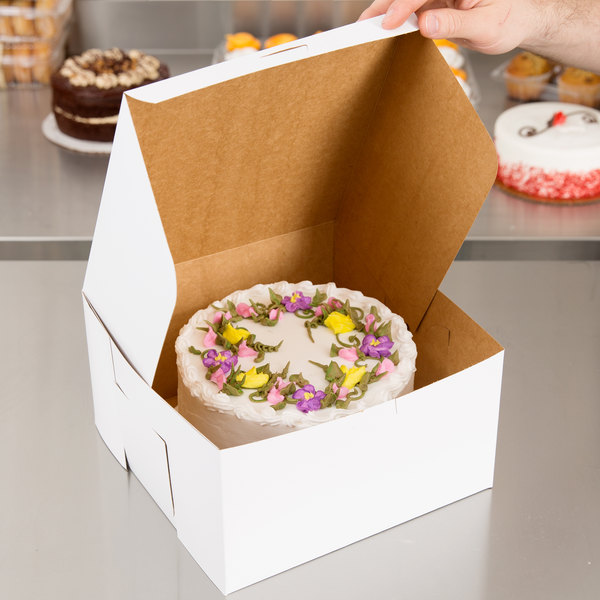Biological safety need not be scary. With planning, biological hazards can be prevented by using good hygiene practices and safe food handling techniques. Tropical rainforests are full of all kinds of living organisms, some of which can cause food poisoning. Bacteria in food and on surfaces can also cause illness — especially if they meet food that is not cooked thoroughly. Equally, there are also parasite eggs that hatch into larvae and use humans as a host to mature. This is particularly risky when the foods prepared are intended for individuals with weakened immune systems who cannot fight off infections well.
Know Which Food Safety Practice Will Help Prevent Biological Hazards
It is important to know which food safety practices will help prevent biological hazards. Foodborne illnesses are a serious issue for the public and for businesses. The Centers for Disease Control and Prevention (CDC) estimates that 48 million people get sick from foodborne diseases, 128,000 are hospitalized, and 3,000 die each year because of their illnesses.
The CDC also estimates that 76 million people get sick from foodborne illnesses each year. While most of these cases are mild, they can cause severe illness in some people.
It’s estimated that 1 in 6 Americans gets sick from a foodborne illness every year. These illnesses can be caused by bacteria, viruses or parasites.
HACCP (Hazard Analysis and Critical Control Points) is a systematic approach to identifying, analyzing, and controlling biological hazards in a food operation. It involves identifying points at which contamination may occur, taking steps to minimize those risks, and testing products for safety before they’re served to customers. HACCP is required by law for all meat and poultry processors, as well as for some other types of operations that handle high-risk foods such as seafood or produce that could be contaminated with human or animal waste.
GMP (Good Manufacturing Practice) helps ensure that your facility complies with all industry standards for equipment, sanitation procedures, employee training and more. It’s especially important when handling foods with a high risk of pathogen growth because it ensures that potential contaminants are eliminated before they reach consumers’ plates.
There Are Several Ways Food Can Be Exposed to Biological Hazards.
There are several ways food can be exposed to biological hazards. Food workers can become ill, and then contaminate the food they prepare. Food also becomes contaminated during processing, handling, or storage. For example, raw meat may be contaminated with bacteria from the hands of the meat cutter or from unwashed equipment used in the plant.
The most common biological hazard found in food is Salmonella. This bacterium causes about 1 million cases of foodborne illness each year in the U.S., resulting in about 400 deaths and 17,000 hospitalizations (CDC). Another common source of bacterial contamination is Listeria monocytogenes. This pathogen is found in soil and water and can survive for long periods on surfaces such as floors and drains (CDC).
Biological hazards can also result from improper cooling and heating of foods which allows some microorganisms to grow quickly enough to cause illness. When left at room temperature too long, cooked foods will often support growth of microorganisms like Salmonella and Listeria if they are present in raw ingredients or if they were not killed by cooking temperatures (FDA). Some pathogens like Norovirus or Hepatitis.
Cooling And Storing Potentially Hazardous Food Safely.
Food should be cooled quickly, to minimize the chance of growth of pathogenic microorganisms. Food should also be stored in a way that prevents recontamination. For example, if you are cooling cooked food on a countertop, it must be covered or kept on a plate or in a container so that flies and other insects cannot contaminate it.
Handwashing: A single-most important practice for preventing foodborne illness is handwashing. Handwashing with soap and water is the single most important practice for preventing the spread of infectious disease. When preparing food, be sure to wash hands before starting work and after touching raw meat or poultry products, eggs, fish (including shellfish), produce or unwashed fruits or vegetables. Wash hands after using the bathroom, changing diapers or handling pets.
- Cooling food is a critical step in preventing the growth of harmful bacteria that can cause foodborne illness. This is especially true when cooking raw meat, poultry, seafood and eggs. But it’s important to cool other foods as well — including dairy products, cooked leftovers, juice and other beverages.
- Cooked foods should reach an internal temperature of 165° F (74° C) before they’re consumed or served. Because this temperature destroys harmful bacteria, it’s known as the “danger zone” for food safety.
- Bacteria grow best between 40° F (4° C) and 140° F (60° C). That’s why it’s important to keep foods refrigerated or frozen when they’re not being used so that they don’t sit in this range for too long.
Food Safety Practice Is Critical to Ensure That Food Prepared in Your Kitchen Is Safe.
Food safety practice is critical to ensure that food prepared in your kitchen is safe.
It’s especially important to keep all utensils, equipment and surfaces clean and sanitized. This will ensure that bacteria are not transferred from one food item to another.
Food safety practices also involve maintaining a clean and organized kitchen, including a designated area for cleaning tools and equipment, as well as separate surfaces for preparing raw meats and other foods.
Biological hazards can be caused by several factors, including:
- Cross-contamination. This occurs when bacteria are transferred from one food item or surface to another through improper cleaning methods or improper storage temperatures.
- Foodborne illnesses caused by bacteria such as E. coli and salmonella are a major concern of the FDA. The agency has issued specific guidelines for reducing these risks in restaurants and at home by following proper hygiene practices during food preparation.
The Best Way to Prevent Biological Hazards Is To Educate All Workers.
Biological hazards are very dangerous and can cause serious illness, injury and even death. They can also contaminate other food products, making them unsafe for consumers. For example, employees who handle raw meat may unknowingly spread bacteria like salmonella or E. coli across the products they handle, which can then contaminate other foods stored in your walk-in refrigerator or freezer.
To prevent this from happening, you need to educate all of your employees on how to properly handle food products so that they don’t inadvertently contaminate them with biological hazards. Here are some tips that will help keep your business safe:
Keep all equipment clean:
- Make sure that all equipment used in the preparation process is always kept clean by thoroughly washing it after each use with hot water and soap. This includes anything from knives to blenders and mixers; if anything was used on raw meat or poultry before cooking it, it needs to be washed thoroughly before using again (even if you’re only using it for another type of product).
Conclusion
Biological hazards are a real concern, and they can cause serious illness and even death in some cases. These bacteria and viruses can be spread through food as they grow, which is why it’s so important to start food safety practices early in the process. Educating workers is key—they are often on the front lines of this battle with microbes and have a much better understanding of the risks involved.

